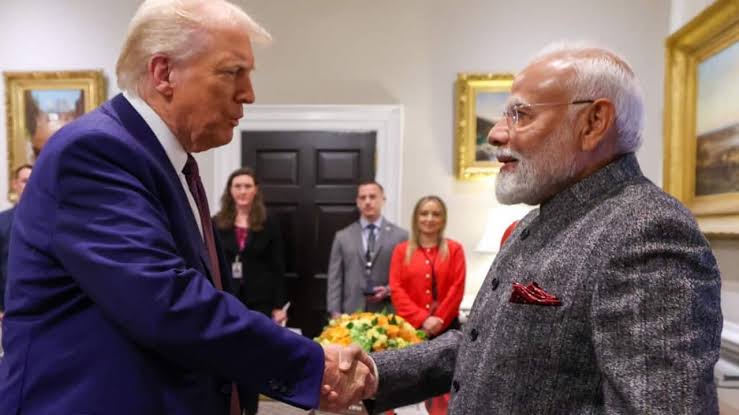
Deals Before the Deadline: What a Trump-Modi Pact Could Mean for India
U.S. President Donald Trump has hinted at finalising a trade agreement with India before August 1, as Washington prepares to impose new tariffs on imports from several countries. The announcement comes on the heels of a similar last-minute trade deal with Indonesia. This has raised eyebrows over whether India is next in line or merely being used as a geopolitical pawn in Trump’s escalating tariff game.
The timing is no coincidence. With the U.S. elections looming and the global economy in flux, Trump’s statement is as much political theatre as it is economic strategy. By courting India, a growing economic power and critical player in the Indo-Pacific, Trump aims to send a strong message. He wants to show both domestic and international audiences that he can still close deals, counterbalance China, and boost American manufacturing.
But what’s really at stake for India?
The Cost of No Deal
India has long sought a more equitable trade arrangement with the U.S. This push intensified after the Trump administration revoked India’s preferential trade status under the Generalized System of Preferences (GSP) in 2019. That move affected nearly $6 billion worth of Indian exports, hitting sectors like textiles, pharmaceuticals, and leather goods.
With new U.S. tariffs now on the horizon, India risks further losses unless a bilateral agreement is secured. Sectors like steel, auto parts, and chemicals could be especially vulnerable. At the same time, the U.S. remains India’s largest trading partner, and access to American markets is crucial for sustaining post-pandemic recovery.
A pre-emptive deal could not only shield India from impending tariffs but also re-establish trust after years of rocky trade relations. However, whether this proposed agreement is comprehensive or merely symbolic remains unclear.




